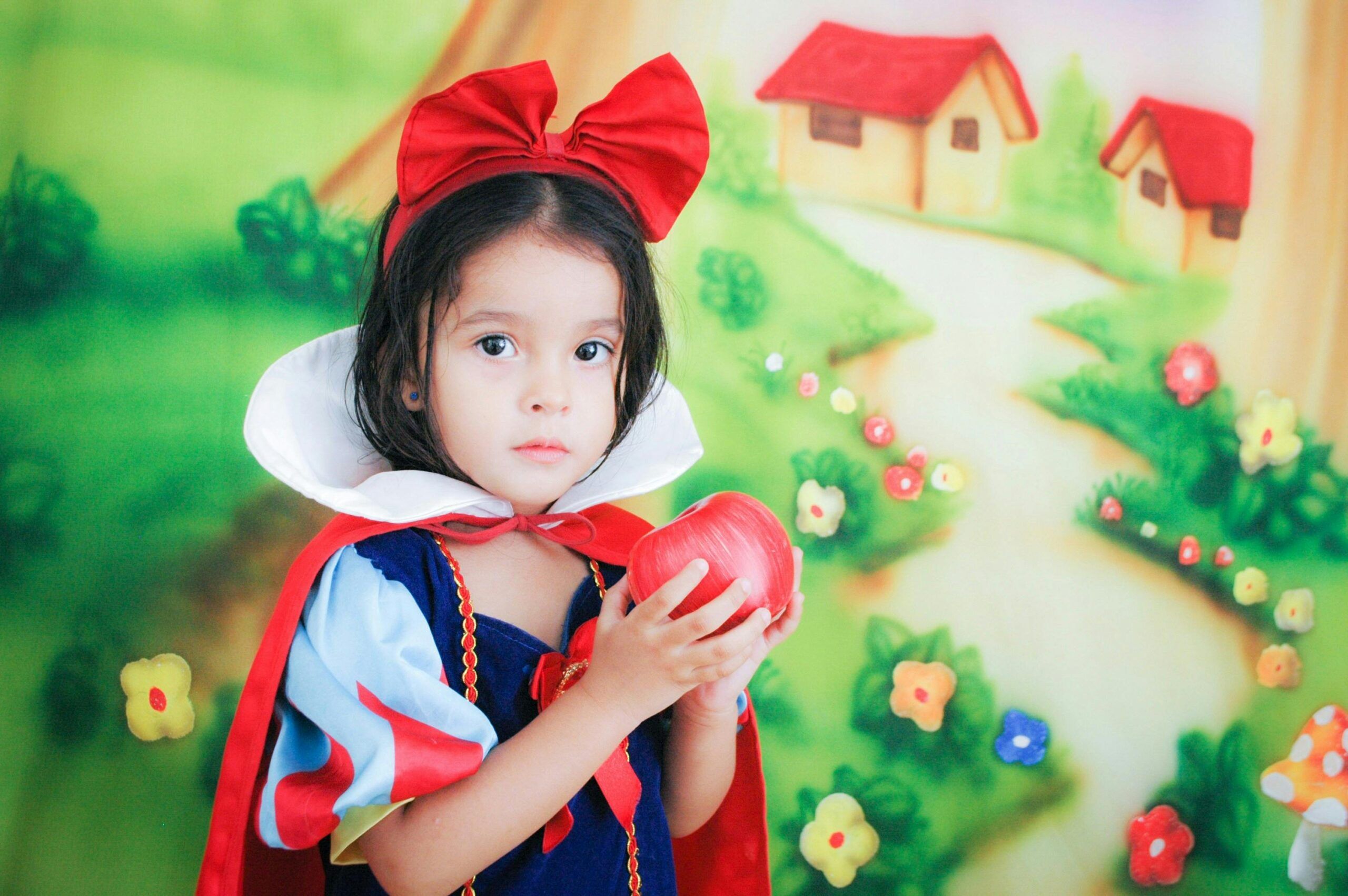
The Influence of Fairytales on Our Perception of Beauty
Article Level: A1-A2
Explanation: This article explores how fairytales shape our ideas about beauty. It explains how stories often link beauty with kindness and shows why real beauty is more than looks. It encourages readers to value inner qualities and teach children positive messages.
Commonly Used Words from the Article
-
Story /ˈstɔːri/ (noun): A description of events, real or imagined.
She read a story about a dragon.
-
Beauty /ˈbjuːti/ (noun): The quality of being nice to look at.
People often talk about her beauty.
-
Kind /kaɪnd/ (adjective): Being nice and helpful.
He is a kind person who helps other.
-
Message /ˈmesɪdʒ/ (noun): A meaning or idea in words or stories.
The story has a good message.
-
Real /ˈrɪəl/ (adjective): True or not fake.
This is a real problem we must talk about.
Audio File of the Article

The Influence of Fairytales on Our Perception of Beauty
Fairytales are stories we often hear when we are very young. They are full of magic, princesses, castles, and happy endings. But these stories do more than entertain us. They also help shape the way we think, feel, and see the world — especially about beauty.
In many fairytales, beautiful people are kind, good, and happy. Ugly characters are often bad or jealous. For example, in Snow White, the Queen is angry because Snow White is “the most beautiful of all.” In Cinderella, the stepsisters are not beautiful and they are mean. These stories give the message that beauty means goodness.
These messages can stay in our minds as we grow up. We may believe that to be liked or loved, we need to look a certain way — thin, tall, with perfect hair or skin. This idea is not true, but fairytales can make it seem real.
Today, many people are trying to change this idea. New books and films show heroes and heroines who are different. Some are not very good-looking, but they are smart, brave, or kind. This helps children see that beauty is not the most important thing.
Also, real beauty comes in many forms. People can be beautiful when they smile, when they help others, or when they are confident. It is not just about the outside. Fairytales are just stories. They can be fun, but we should remember that real life is different.
In the end, we must teach young people that everyone is special in their own way. Beauty is not about how you look — it is about who you are.

Grammar Notes
Grammar Focus: Present Simple Tense
The article mostly uses the present simple tense, which we use to talk about facts, routines, and general truths.
Examples from the article:
-
“Fairytales are stories we often hear…”
-
“They also help shape the way we think…”
-
“Real beauty comes in many forms.”
✅ Grammar Tip: Use the base form of the verb with “he/she/it” + s in the present simple.
Example: She smiles, He helps, It seems.
Join Our FREE English Grammar Course and improve your grammar skills!

Five Questions Based on the Article
-
What kind of stories are fairytales?
-
In Cinderella, what are the stepsisters like?
-
Why do fairytales give a strong message about beauty?
-
What are some new stories showing today?
-
What is real beauty, according to the article?
Join Our FREE Weekly English-speaking Class and improve your speaking skills!

We’d love to hear your thoughts! Join the conversation by leaving a comment below. Sharing your insights, questions, or experiences can help you connect with others in our English learning community. It’s a great way to practice your English skills, engage with like-minded individuals, and improve together. Don’t be shy—jump in and let’s keep the discussion going!
One thought on “The Influence of Fairytales on Our Perception of Beauty”
Leave a Reply
You must be logged in to post a comment.

 EnglishMasteryHub
EnglishMasteryHub
This is such an interesting article, it really made me think. I loved Pocahontas as a child and took a much more rustic approach to fasion.
Who did you admire and how has it subtly (or overtly) affected your style as an adult?